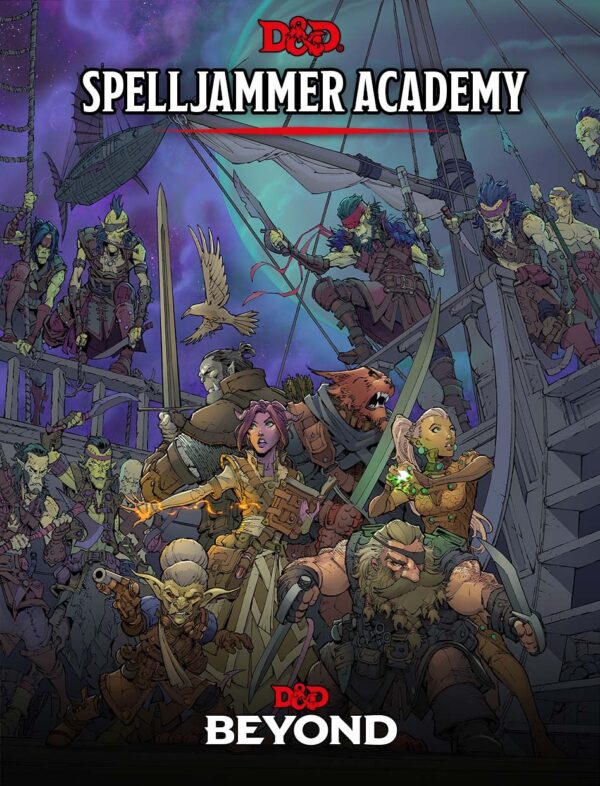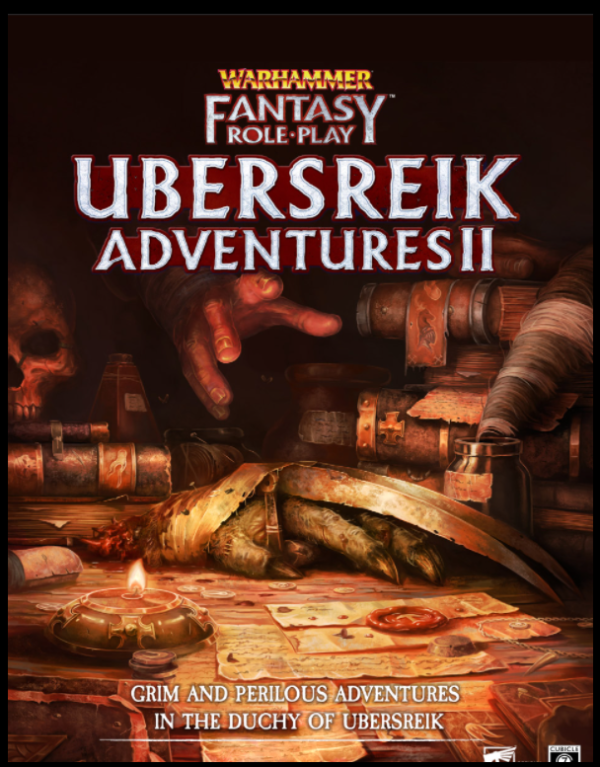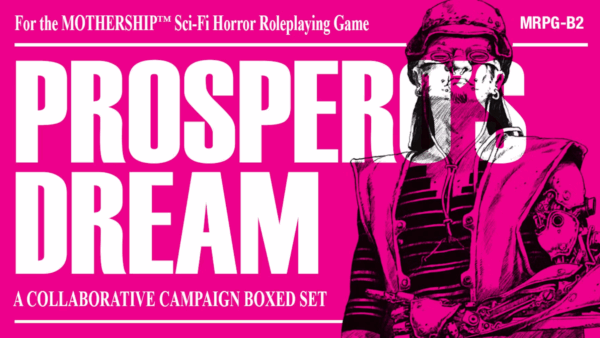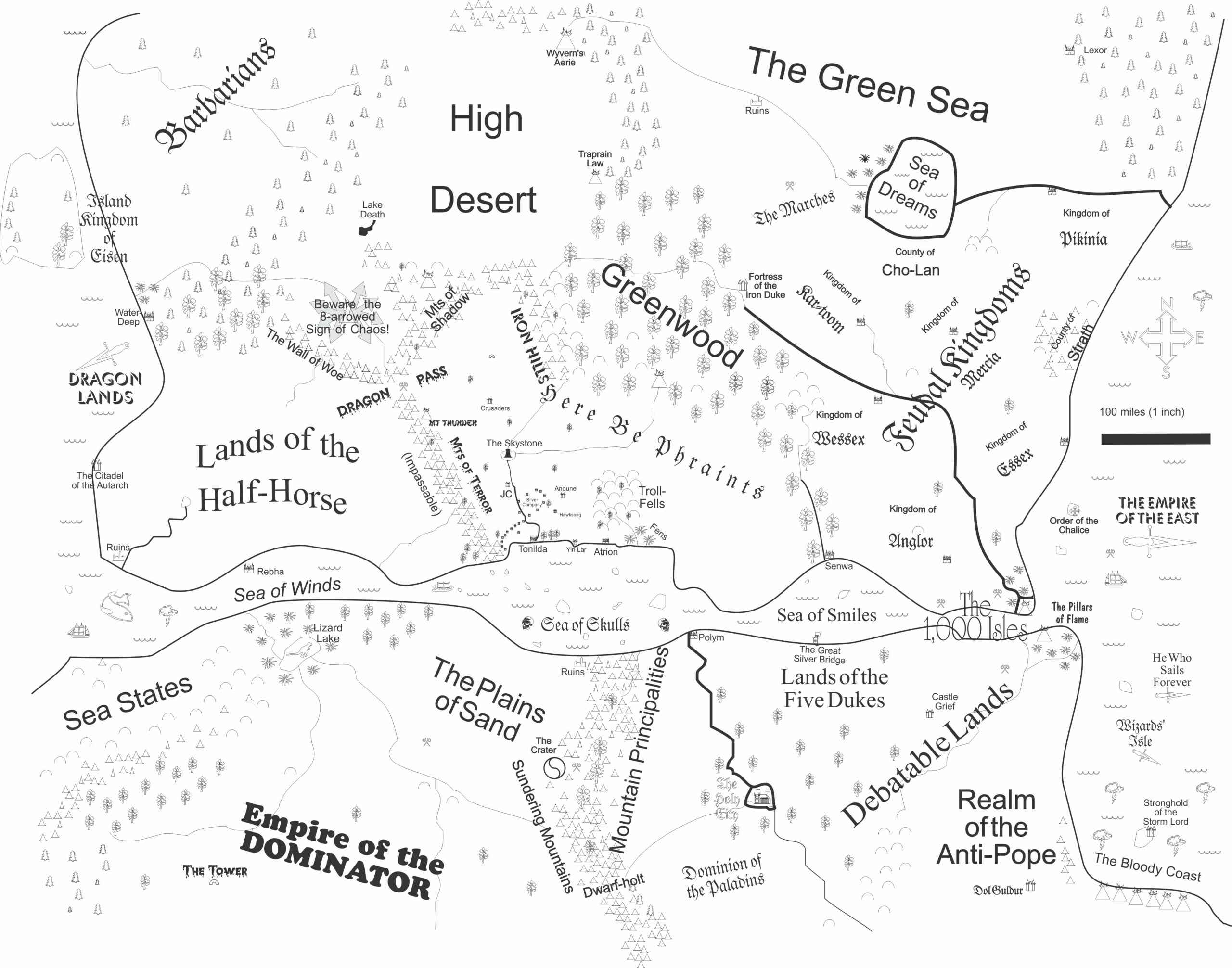
Fantasy worlds tend to remind us of medieval Europe in culture, rulership, even geography. Why?
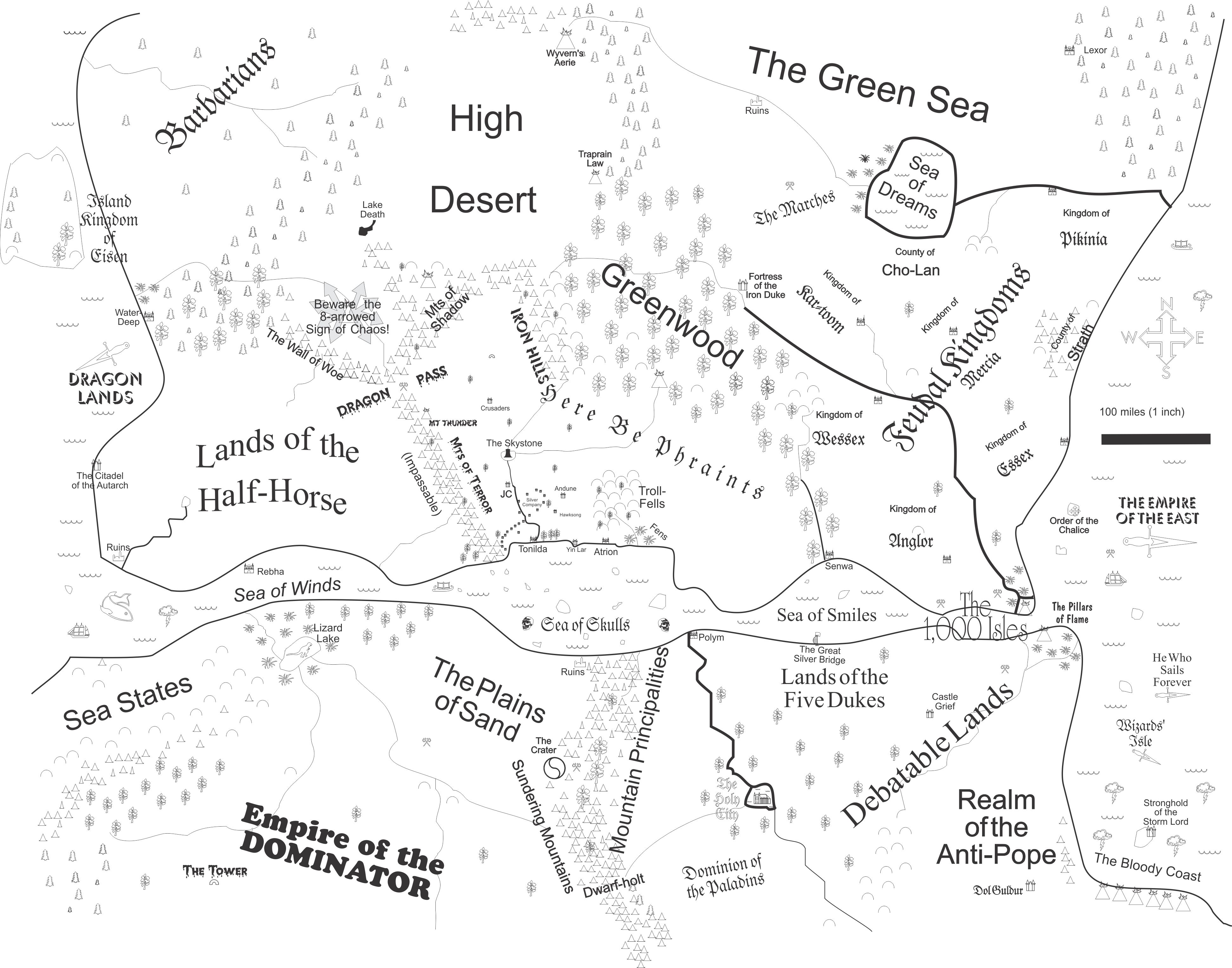
Map courtesy of Lew Pulsipher
A Long Tradition
Tabletop role-playing games have a long traditional of European medieval fantasy, starting with Dungeons & Dragons. While there were occasional nods to other cultures (the monk class being one example, with monsters from other non-European cultures appearing in the Fiend Folio), by and large the “default” has been a Eurocentric view.
It’s worth looking into why this is and what to do about it. Mind, this article is not advocating one culture over another. My purpose is not to argue against using a certain culture, but to make designers and game masters aware of their influences and suggest alternatives if they’re interested in branching out.
Why Is it Popular?
Familiarity of the setting can give players context that helps them understand how the world works. Players (think they) know what Viking-like northern raiders are like, what southern lands are like, and so forth. Many players won’t care that the world derives from a European view. But it’s helpful to define what Eurocentrism is. Sciencedirect.com notes there are several definitions, and provides a few of them as:
…an attitude, conceptual apparatus, or set of empirical beliefs that frame Europe as the primary engine and architect of world history, the bearer of universal values and reason, and the pinnacle and therefore model of progress and development.
Early Dungeons & Dragons is heavily Eurocentric, and many of the more experienced players and GMs learned RPGs from D&D and early fantasy literature. After all, the most famous fantasy world, J. R. R. Tolkien’s Middle-earth, is recognizably Eurocentric in culture and even conformation. The ocean is to the west, raids (Angmar, dragons) come from the north, technology is medieval, etc. “Tolkien-centric” is also Eurocentric (see my previous article on this, “Escaping Tolkien”).
There’s a lot more to Eurocentrism than just geography. Technology level, feudalism and nobility, strong religious influence, are all part of the package. Even forms of magic.
Branching Out
There are plenty of alternatives to Eurocentrism. One of the earliest examples was created by linguist M. A. R. Barker. Empire of the Petal Throne was one of the first RPGs after D&D, and borrowed many mechanics from the D&D rules. But the setting was exotic, far from medieval fantasy or Tolkien, closer to east Asia. The novels that he wrote about the world reminded the reader of the differences (e.g., Prince of Skulls and Lords of Tsamra).
TSR later followed suit, exploring some of these in their settings, such as Kara-Tur, Al-Qadim, and many others. Notably missing from many of these efforts were creators representing the cultures that inspired these settings; as tabletop gaming has expanded globally, we’re thankfully seeing more and more creators sharing their cultures and perspectives.
If you want to expand your fantasy campaign beyond European influences, there’s plenty to choose from.
Exploring New Lands
An important first step is to learn about other cultures, and real-world history can serve as inspiration. Please note that this is a surface level review of entire swaths of human history; these one paragraph summaries are not meant to be comprehensive.
- Japan has had a single Emperor for more than a millennium. But for much of that time the Emperor did not actually rule, rather a hereditary military dictator called the Shogun was the ruler. Occasionally an Emperor would rebel and a war ensued (the emperor losing). The families that controlled the shogunate succession changed at least twice. Finally, in the 19th century, an emperor prevailed and the Shogunate disappeared. I can’t think of any analog to this, in the long term, in the rest of the world.
- Medieval China was often quite secular. There was reverence of ancestors which might amount to worship, but Confucian philosophy was dominant, and there are no gods in Confucianism. Nor are there gods in original Buddhism, the other spiritual guide in medieval China.
- There are also pre-medieval European cultures to consider. If we go back to the Republic of the Roman Empire, personal patronage was very important. Each client had a relationship with a patron, generally someone from a higher strata of society. The client might refer to the patron as often as every day to see what that patron needed and wanted. And the patron looked after those in his care. “The relationship was hierarchical, but obligations were mutual.”
- There are now many other options in fantasy and sci-fi literature as well, including afrofuturism and indigenous futurism.
We are now blessed with many cultural alternatives written by gamers from all over the world. I encourage you to do your own research if any of these cultures spark your interest.
Think about how any one of these cultures would make a difference in a fantasy (or science fiction) world. Science fiction world settings are much less likely to be Eurocentric, just as science fiction in general is often not reflective of the contemporary world.
Your Map, You World
The graphic above is my campaign map. I don’t think I consciously avoided comparisons with European geography when I made the map for my very long-running campaign, but that didn’t prevent me from having many European references. But I also borrowed from science fiction/fantasy as well (the Half-Horse, the 8 Arrowed Sign of Chaos, etc.).
By the way, there is a virtue to not making an overall map for a campaign setting, instead just providing wilderness to explore. Which is what I did at first (see my article, “Here Be Monsters”). Maps are constraints, as fantasy author Glen Cook once said:
With the Black Company I took advice from Fritz Leiber who was my mentor and who said “Don’t draw a map because if you draw a map, as soon as you start drawing the map, you start narrowing your possibilities”. As long as you don’t have a map you don’t have to conform to certain things. I have a vague map inside my head and I’ve seen many maps on the internet of what people thought the Black Company world might be like. They’re not too far off, but they’re not close either. It’s north and south with a pond in the middle.
…but I also see maps (and worlds) as an invitation to the players to go beyond the European-inspired places they know.
Your Turn: What cultures influence your fantasy and sci-fi campaigns?



